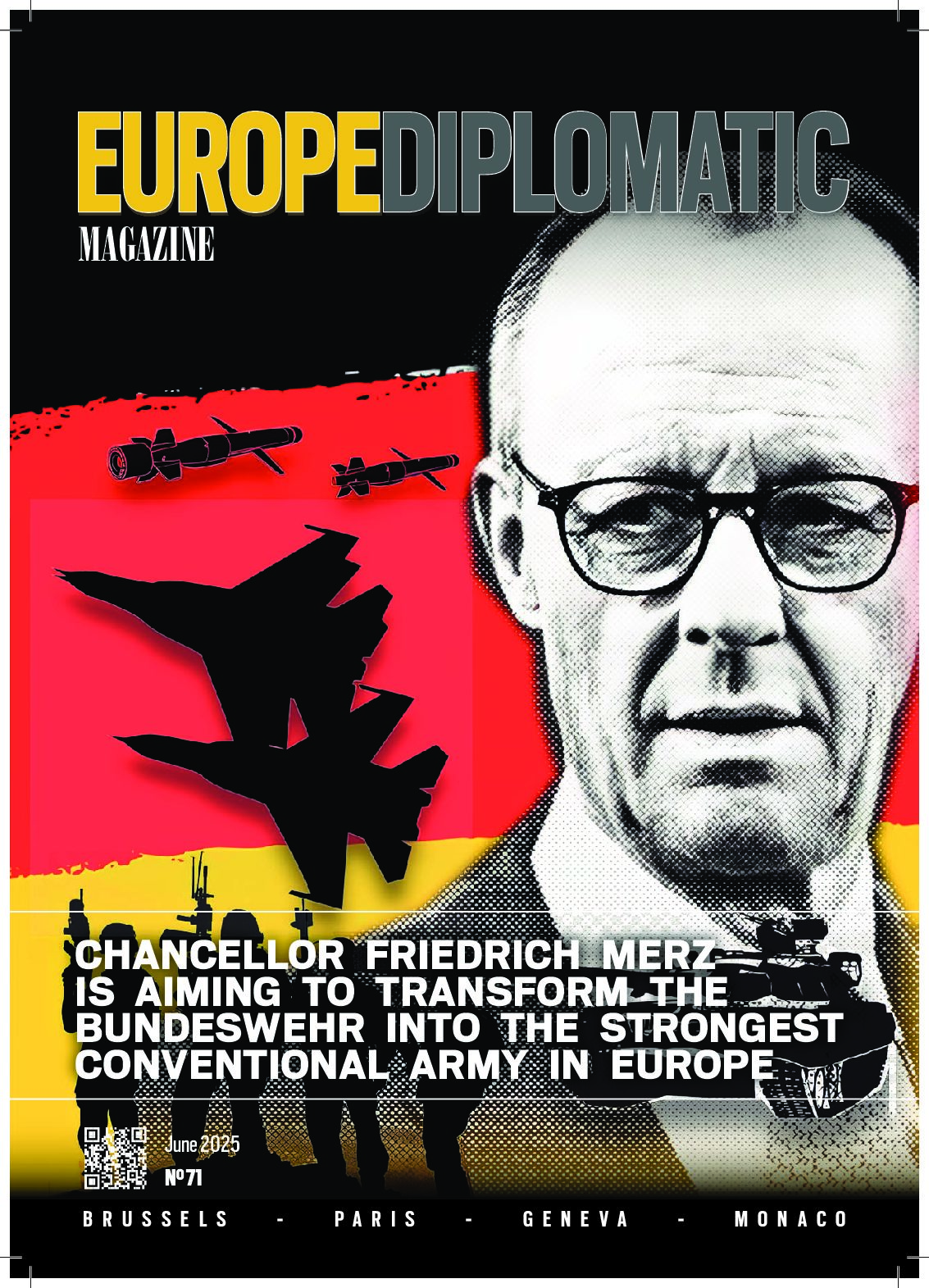North Korean leader Kim Jong-Un. © Rodong Sinmun-Yonhap
5 January 2021… 8th Congress of the North Korean Workers’ Party.
4,750 delegates and 2,000 spectators eagerly await their leader’s speech in the enormous auditorium of the April 25 House of Culture Theatre in Pyongyang.
This rarely-held event is normally the propaganda set-piece for the ruling Workers’ Party to trumpet its achievements.
But in his opening address, North Korea’s leader Kim Jong-Un accompanied by his sister Kim Yo-Jong who serves as first vice-department director of the Workers’ Party Central Committee and other top aides and officials, admitted his country had failed economically, going through what he called the ‘worst of the worst’ :
“The country’s five year economic development plan finished last year and we fell short of our goals significantly in almost every sector”.
Already facing international sanctions for its military nuclear programme, the country has virtually sealed itself off from the outside world during the global pandemic. It suffered further during typhoons and flooding over the summer of 2020 that damaged infrastructure and crops.
And the end of the Trump administration meant the end of the road for the unprecedented period of summit diplomacy with the United States.
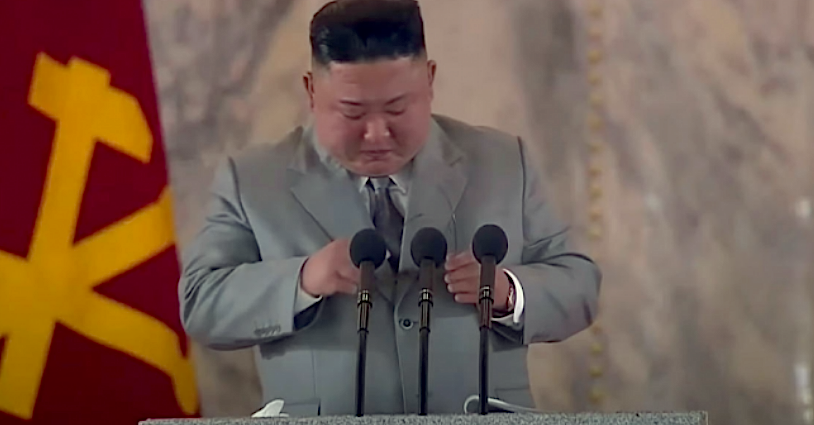
In October 2020, North Korea put on an impressive show of strength on the occasion of the 75th anniversary of the ruling party’s founding. But Kim seemed to be suffering from the strains of recent setbacks. In a tearful apology that was highly uncharacteristic of the country’s authoritarian leader, he thanked the “great people of North Korea” for their efforts in trying to curb the Covid-19 pandemic. He also said no one could appreciate the “heroic devotion” of the country’s armed forces without “shedding tears of gratitude”.
It was a rare show of emotion by a North Korean leader, given to the backdrop of a carefully choreographed military parade with huge new missiles on display.
But despite the tears on one side and the show of force on the other, the country’s economy is decaying fast.
Combined with the general downturn caused by the Covid-19 pandemic, North Korea is facing its greatest challenge since the terrible famine of the 1990s that resulted in nearly half a million people starving to death, according to independent estimates.
And Kim’s plans for less dependency on imports, for expanding industry and reforming labour laws and practices seem unlikely to turn around the country’s dire situation.
This will of course make it difficult for him to fulfil his lofty promises and furthermore, risks severely reducing the available resources for his cherished and extremely expensive military projects.

Dr Bong Young-Shik, is a South Korean political analyst and a Research Fellow at the Yonsei Institute for North Korean Studies : “Kim Jong-Un must be extremely frustrated and even highly disappointed about the lack of any progress, especially on the front of economic development since the breakdown of the summit meeting with former President Trump in Hanoi. So, the North Korean leadership has been basically flailing, trying this and that, without any well-coordinated strategy”.
Be that as it may, a new five-year plan was born of that congress which was the first to take place in five years and only the eighth in North Korea’s entire history.
Other than plans for expanding and developing industry, mining, railways and other forms of public transport, the project contains – quite unsurprisingly – proposals for a large array of new military hardware, including of course, more advanced nuclear weapons.
This is clearly a continuation of North Korea’s “Byungjin” policy of parallel development of the economy and nuclear weapons.
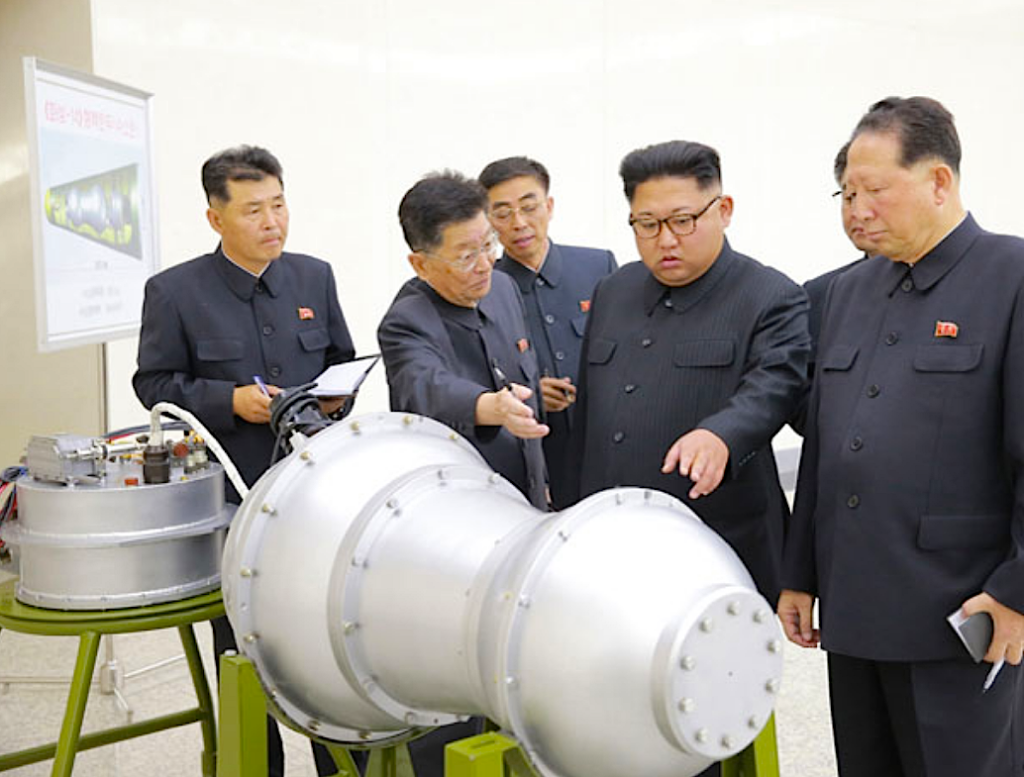
During the congress, North Korea watchers were particularly on the lookout for any clues as to Kim’s likely approach to the new administration of then US President-elect Joe Biden and whether there would be a return to more traditional arms-length diplomacy.
The first test could in fact come soon with a possible announcement of resumed military exercises between US and South Korean forces in the spring, which had been largely suspended during Donald Trump’s term in office.
Dr Bong Young-Shik : “There is a very narrow window of opportunity, a very limited amount of time for Biden’s administration to strike a conversation and dialogue with the North Korean regime”.
So, close to the inauguration of the new American president, North Korea’s position seemed to be a cautious ‘wait and see’.
LOCKDOWN FOLLOWING KOREAN WAR
North Korea remains an extreme case, unparalleled in the world.
It is often the object of intense scrutiny by the international community for its aggressive displays of militarism, its internationally condemned nuclear programme, and of course its oppressive government dictatorship.

Locked up since 1951 according to the will of its leaders, this “People’s Democratic Republic” seems to have fallen into a kind of spatiotemporal airlock.
It has its phobias; namely the imperialists, South Korea, the UN and the inspectors from the IAEA. Not forgetting the overly-observant NGOs, capitalism, disorder, doubt.
In short, any information coming from outside.
But also the will to power of the United States in the south, the ogre-like appetite of Beijing which remains its ultimate ally in the north, the hegemony of Japan, the eternal enemy to the east, and the ambiguity of Moscow.
In short, the fear of others…all the others.
And above all, that of seeing this paranoid entity, guarded by 1.2 million soldiers and a fearsome secret police unravel in the light of truth.
It has been estimated that the economy of North Korea has a nominal GDP of US$ 25 billion or a Purchasing Power Parity (PPP) of US$ 40 billion. And this is actually an incredibly hard figure to calculate because of the extreme lack of reliable economic data for the country and because you need to appropriate the value of the North Korean Won which is pretty much an internationally worthless currency with no foreign exchange market.

What this estimate does mean though is that North Korea has a transactional economy smaller than Beverly Hills, California !
Of course, instead of designer handbags and luxury cars, North Korea does channel a large portion of that income back into its military.
At any rate, beyond the dramatic and nationalistic chest-beating and despite all of the opportunities this country has been given, it has dwindled into complete economic obscurity.
To truly understand this catastrophic state of affairs, it is necessary to step back in time.
1980s, THE END OF THE BEGINNING
In the early days after the Korean War, the North actually had a lot going for it. It was starting at a pretty low point but it was able to trade its abundant natural resources with its communist partners and in exchange, they would provide North Korea with industrial goods and technical know-how to transform the country from a fledgling agricultural nation into an industrialised powerhouse.
But then in the early 1960s, overall Soviet support started to dwindle as North Korea began to align more with China. It was also coming under pressure to increase its defence spending given the increased pressure of western nations and particularly the United States who were determined to stop the communist domino effect.
And in 1965, for the first time and despite all the disadvantages it had previously faced, South Korea exceeded the growth rate of its northern neighbour, even though it still had a smaller economy overall.
The small problem of slowing growth eventually turned into a full-on crisis in the late 1970s.
At this point, North Korea was still able to raise money through government borrowing and it had sunk itself deeply into debt, trying to maintain these ambitious plans. This wouldn’t have necessarily been a bad plan had the money actually been invested into productive infrastructure.
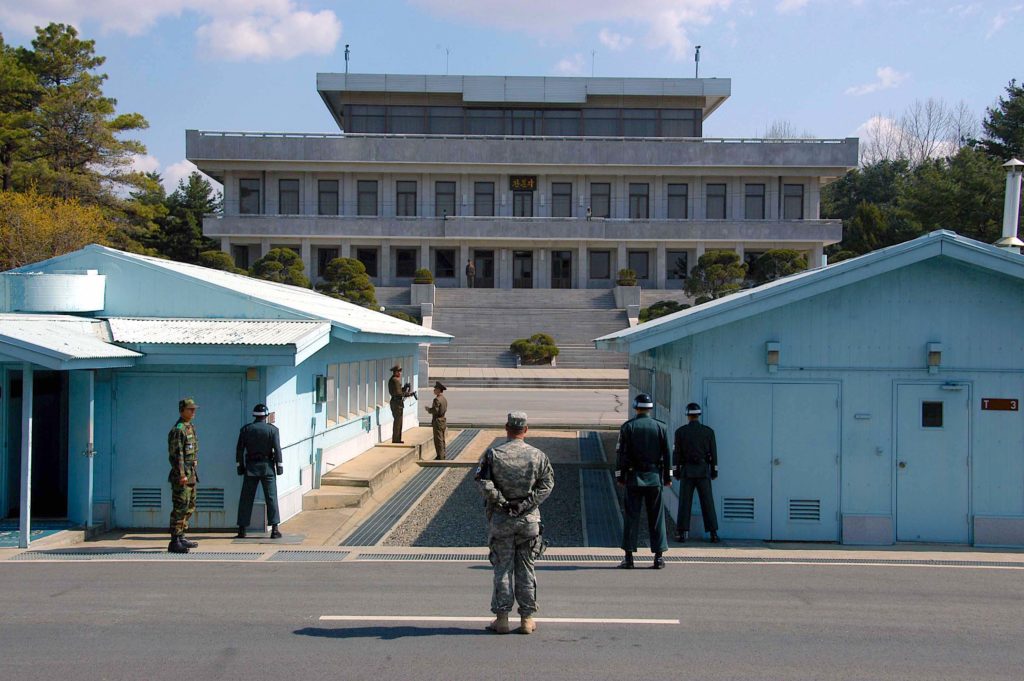
But by this time, North Korea was allocating as much as 25% of its budget into its military and considering that its economy is a centrally planned one, the government’s budget is in fact, the economy. And so in this period, military expenditure was around 20% of the total economy.
All of this economic mismanagement and reckless military spending meant that in 1980 North Korea defaulted on its debts which cut off its ability to borrow money to keep its head above water.
These financial problems were compounded by a large-scale drought that was plaguing the nation at this time and meant that at this point, its neighbour to the south was easily able to surpass it economically and continue to grow into what it is today.
North Korea struggled its way through the rest of the 1980s, relying heavily on China and the Soviet Union to feed its people and keep its infrastructure afloat.
These two countries were actually pretty happy to help out in exchange for more of North Korea’s natural resources and also, in a desperate attempt, to prove to the world that communism was the way of the future. Also that central planning was definitely legitimate and did not lead to widespread starvation.
1991, THE BEGINNING OF THE END
If it couldn’t get any worse for North Korea…it did. In 1991, the Soviet Union collapsed, and when it did, North Korea lost its biggest lifeline. It had to drastically adapt and two years later, it announced another budget plan.
This time, a three-year plan focusing on agriculture, light industry and foreign trade. This all sounded great, but it more or less went the same way as previous economic plans…in other words, failure.
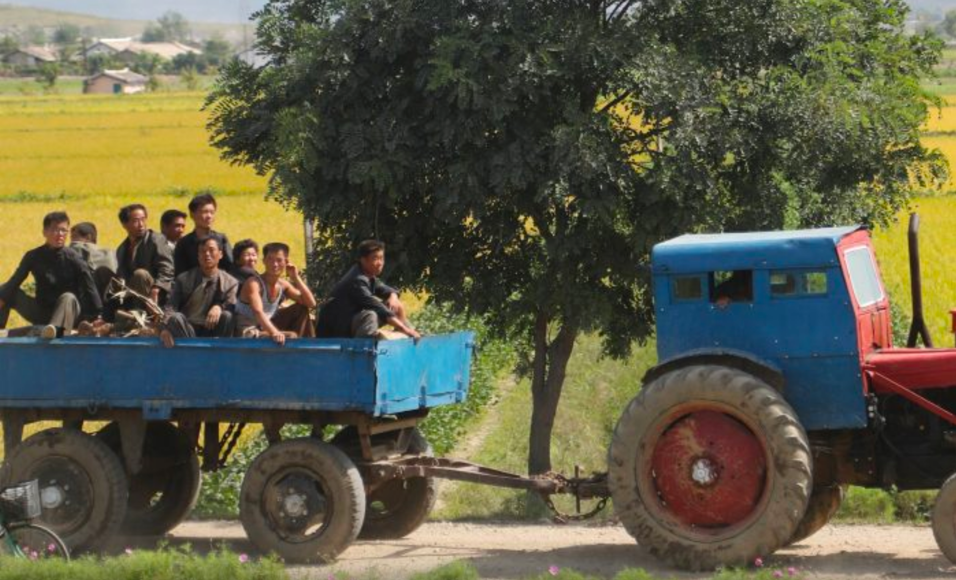
North Korea no longer had access to sufficient stores of fertiliser that was previously supplied by the Soviet Union. Its trade agreements flopped because of its crippling foreign debt and also, because it did not produce enough goods to actually trade with. This aggravated the situation by making investments into infrastructure all but useless.
They were not able to produce the machinery needed in North Korea because of a lack of technical expertise and were not able to import machinery because of a lack of anybody that wanted to do business with them.
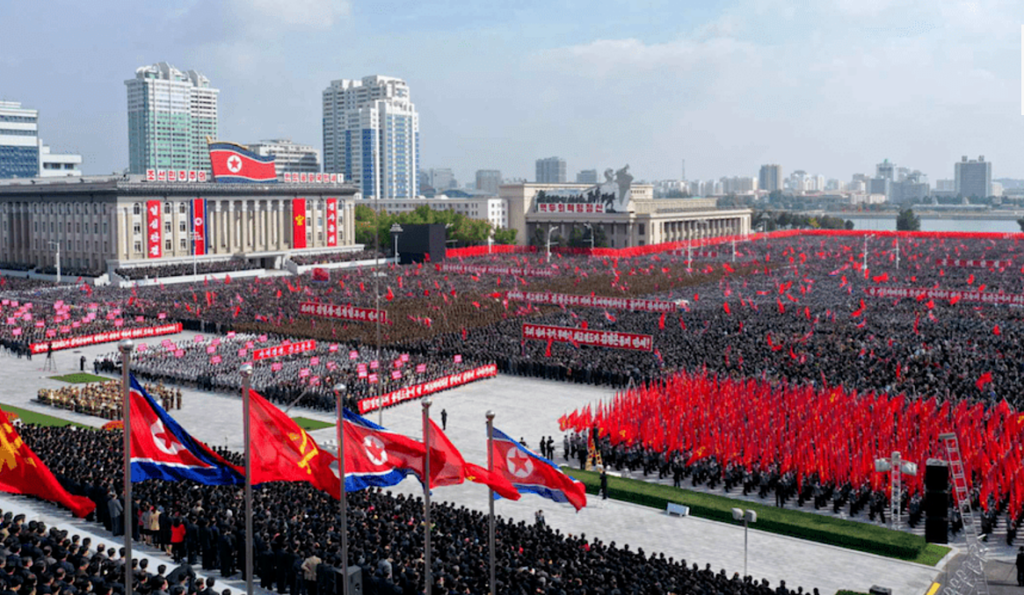
A lack of trade for a small economy such as North Korea is all but a death sentence in today’s world.
At this point, the country was desperate to try anything to get its economy back on track, even if it meant resorting to the idea it hated the most…
“LET’S TRY CAPITALISM ! “
In a desperate attempt to modernise its economy, the North Korean government began playing with the idea of private enterprise. But it was proceeding in a very North Korean way.
Experimentation into small-scale entrepreneurship took place from 2009 to 2013 and although there continued to be legal uncertainties, this developed into a significant sector.
By 2016, economic liberalisation had progressed to the extent that both locally-responsible and state industrial enterprises gave the state between 20% and 50% of their total output, selling the remainder to buy raw materials at market-based prices.

In 2014, the Enterprise Act was amended to allow state-owned enterprise managers to engage in foreign trade and joint ventures, and to accept investments from non-government domestic sources.
Under the new rules, enterprise directors became more akin to western chief executive officers. As for chief engineers, previously a government job, they had an operational role more like a western chief operating officer. These individuals could even personally benefit from running these operations efficiently.
As of 2019 though, it is unclear as to whether these semi-government, semi-private institutions are still in operation.
CLOSED BORDERS TO KEEP THE VIRUS AT BAY
In January 2020, North Korea closed its land borders and progressively halted international flights and rail links to and from China and Russia to protect itself from the coronavirus that first appeared in the Chinese city of Wuhan. Many experts believe Kim Jong-Un made that decision because he knew that his country’s run-down healthcare system would be overwhelmed by an outbreak.
Whatever the reason, foreign diplomats, international aid workers and NGO staff began gradually leaving the country rather than risking being stranded for a long period.
According to Alexander Matsegora, Russia’s ambassador to North Korea, the situation in Pyongyang is continually worsening with shortages of various foodstuffs and people losing their jobs. In a recent interview given to the Russian press agency Interfax, he spoke about the life of foreign diplomats there : “To be frank, life hasn’t been easy for us in Pyongyang, but where has life been easy for anybody these days? In fact, the situation in North Korea has its specific features. The country closed its borders in late January 2020. It’s still possible to leave the country, although with certain difficulties, but everyone, including citizens of the country, are absolutely prohibited from entering North Korea”.
And the difficulties of leaving North Korea came to light on 25 February when eight Russian diplomats and their families left Pyongyang in circumstances that bear witness to the country’s dire economic situation, its dilapidated railway system as well as its disease control policies and procedures in the wake of the Covid-19 pandemic.
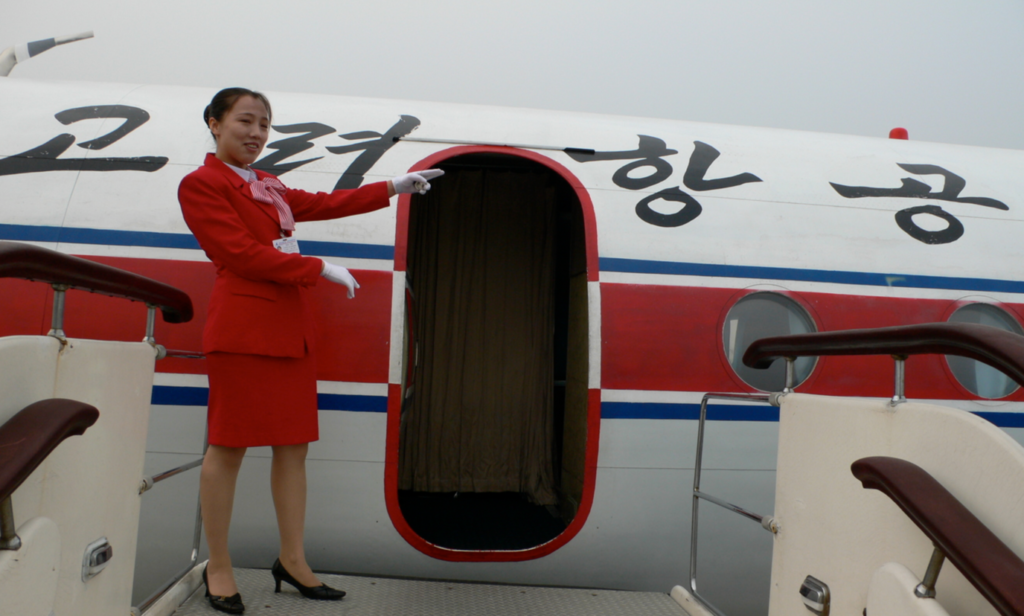
Since the national airline Air Koryo has suspended its flights to Vladivostok, the Russian diplomats’ journey began by train. The first part of the trip was a 32 hour train ride on North Korea’s extremely slow, old and poorly maintained railway system. This was followed by a 2 hour bus ride in order to reach an area close to the border and finally, the eight families had to load all their luggage onto a rail trolley and push it the rest of the way, over a distance of about 1 kilometre which included a bridge over the river Tumen that separates North Korea from Russia.
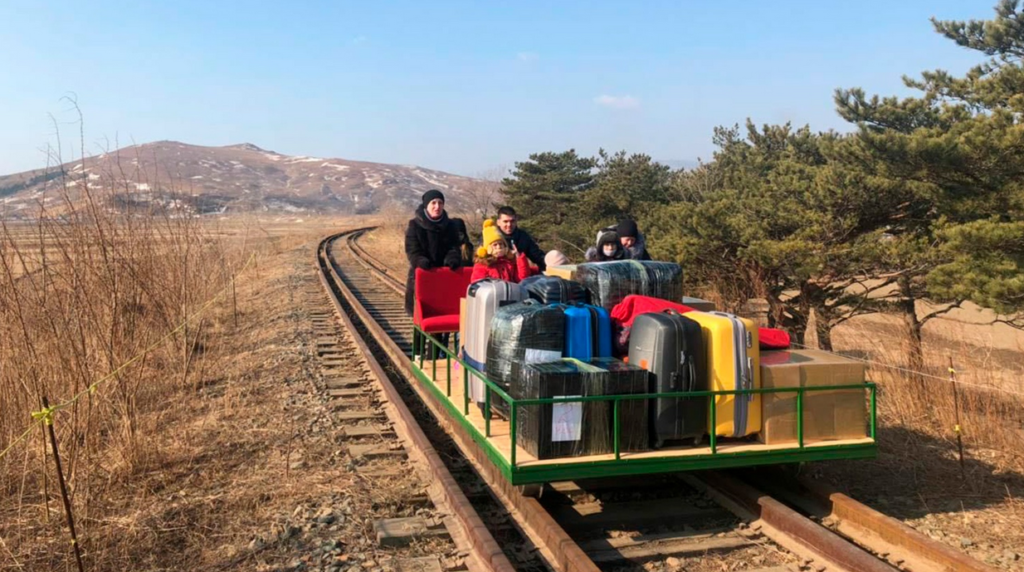
From a public health standpoint, Kim Jong-Un’s strategy in closing down borders and stopping imports may have worked although independent experts as well as officials from the World Health Organisation doubt Pyongyang’s claims that the country has not seen a single case of the virus. Furthermore, if this really is true, then why would North Korea want to hack into the systems of western vaccine manufacturers in order to steal intellectual property and other vital information for itself ?

According to officials, South Korea’s intelligence agency, the NIS has foiled North Korean attempts to hack into its companies developing coronavirus vaccines. The agency did not specify how many and which drug makers were targeted.
The revelation came after Microsoft announced that in November 2020, hackers working for the Russian and North Korean governments had tried to break into the networks of nine pharmaceutical companies and vaccine researchers including Pfizer, in Canada, France, India, South Korea and the United States.
It named a North Korean hacking team dubbed “Zinc and Cerium” and a well-known Russian group nicknamed “Fancy Bear”.
South Korea’s NIS has also reported that Kim Jong-Un had taken some “unreasonable actions due to Covid-19 paranoia”. They said those actions included banning fishing and salt production because of fears that sea water might have been contaminated with the virus.
Despite the fact that North Korea has not confirmed any coronavirus infections, the NIS has said that an outbreak there can definitely not be ruled out as the country had active trade and people-to-people exchanges with China before closing the border in late January 2020.
WHAT THE FUTURE HOLDS
Today, North Korea finds itself going nowhere. Its economy has started shrinking and its increased militaristic chest-beating has meant that more and more sanctions have been placed on it, further suffocating an already struggling economy.
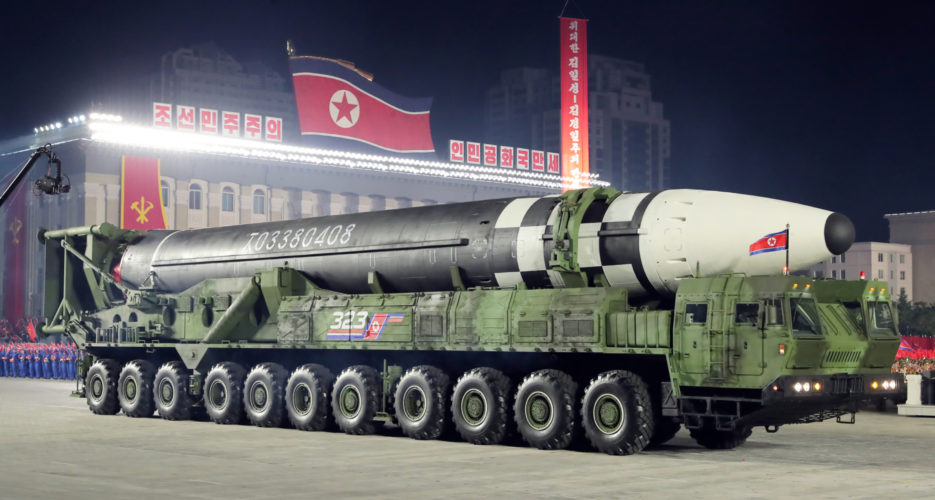
For reference, South Korea which started in the same place as its neighbour to the north after the Korean War in 1953, was not blessed with the same kind of natural resources as North Korea, it did not have the land connection to a powerful ally such as China, and it did not get offered countless extensions on foreign aid and debt relief programmes.
Yet, South Korea’s economy today is over 60 times larger than North Korea’s because it facilitated private enterprise and it invested into infrastructure to support the massive industry that it has today.
To further credit the difference between the two systems, South Korea also achieved its growth while developing and growing under the constant threat of a nuclear strike from its belligerent neighbour.
So, what does the future hold for North Korea? Well, it really is difficult to say. The government seems to be stuck in a cycle of ramping up military aggression as a weird way to turn around and beg for more foreign aid in exchange for calming down a bit.
While this strategy keeps on working, it is likely that the government of North Korea will continue resorting to it.
In the meantime, the world can only look on and perhaps hope that the whole system will implode peacefully and good governance can eventually take its place.
